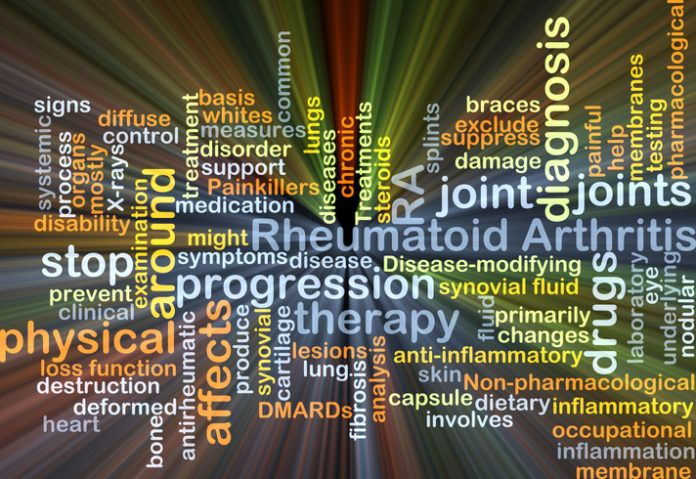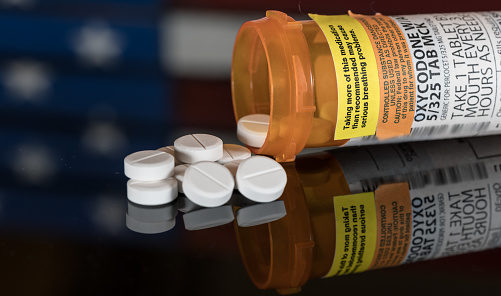Baricitinib plus corticosteroids, compared to corticosteroids alone, was associated with improved pulmonary function in patients with COVID-19 pneumonia, an observational study found. Moderate to severe COVID-19 pneumonia patients who were treated with lopinavir/ritonavir and hydroxychloroquine additionally received either corticosteroids alone (n=50) or corticosteroids plus baricitinib (n=62). The main outcome was the change in oxygen saturation from hospitalization to discharge; this was determined by pulse oximetry (SpO2)/FiO2. The baricitinib plus corticosteroids group, compared to the corticosteroids alone group, displayed a more significant improvement in SpO2/FiO2 from hospitalization to discharged, with a mean difference adjusted for inverse propensity score weighting of 49. The corticosteroids alone group, compared to the group who also received baricitinib, was significantly more likely to require supplemental oxygen at discharge and one month after discharge.
A recent survey of rheumatologists found that they are concerned about the impact the COVID-19 pandemic may have on some of their most vulnerable patients—racial minorities and those of lower socioeconomic status (SES). The international survey was administered online to rheumatologists from April 8 through May 4 to garner their perspective on vulnerable patients during the pandemic and any potential concerns they had about managing vulnerable patients’ rheumatic diseases. When asked if they believed that their racial/ethnic minority patients would fare worse during the COVID-19 pandemic, 82% said yes; 45% said they are concerned that their underlying disease may leave them at increased morbidity and mortality risks, and 47% believed their morbidity and mortality risks would be higher if they contracted COVID-19. When asked about low SES patients, 92% of rheumatologists believed they would do worse during the pandemic; 56% believed that their underlying disease put them at higher odds of morbidity and mortality, and 55% said they may have higher COVID-19 morbidity and mortality should they get infected.
A recent decrease in preoperative cardiac stress testing in patients undergoing total hip arthroplasty and total knee arthroplasty may not have increased the risk of certain cardiac complications, according to a study. Final analysis incorporated 801,396 elective procedures. During the entire study period, the stress testing rate was 10.4% (n=83,307/801,396). From quarter (Q) 1 of 2004 to Q2 of 2006, a 0.65% increase in stress testing was observed; at Q3 of 2006, a –0.71% decrease annually was observed. At Q4 of 2013, the decline slowed to –0.40% annually. The myocardial infarction and cardiac arrest rate was 0.24% (n=1,677/686,067) and did not differ between high-risk patients regardless of whether or not they underwent preoperative stress testing (0.60% [n=221/36,554] vs. 0.57% [n=694/122,466]). Performing stress testing is not only costly but can also delay a patient’s time to surgery, possibly with no clear benefit for the patient, the study’s first author Daniel Rubin, MD, UChicago Medicine associate professor of anesthesia and critical care, explained in a press release.
The influence of race/ethnicity and insurance status on opioid prescribing among pediatric inpatients is a “complex and multifaceted” issue, according to the researchers of a study on the topic. This cross-sectional study encompassed data from a pediatric children’s hospital in Southern California. A total of 55,944 encounters that took place between June 2013 and June 2018 were reviewed. The researchers reported that race/ethnicity had “a significant main effect” on opioid and non-opioid orders. For Black patients, compared to Asian, Hispanic, and White patients, physicians ordered far fewer opioid medications—but more non-opioid medications. Health insurance payer type was found to affect non-opioid orders: government-sponsored plans such as Medi-Cal and Medicare were correlated with fewer non-opioid prescriptions when compared with HMO and PPO insurance. The highest number of opioid orders was observed among White patients with “other insurance coverage. Meanwhile, Black patients with PPO coverage, compared to those with government and HMO coverage, received fewer opioids. However, Asian patients with PPO coverage, compared to those with government and HMO coverage, received more opioids.
Credit: Original article published here.










